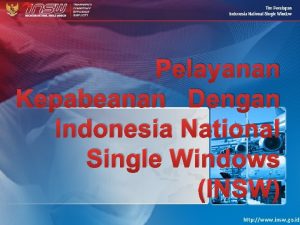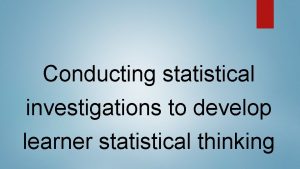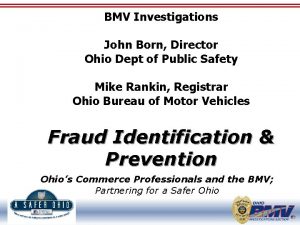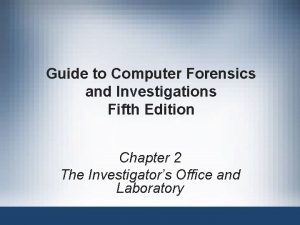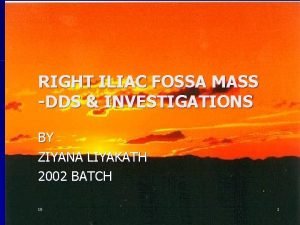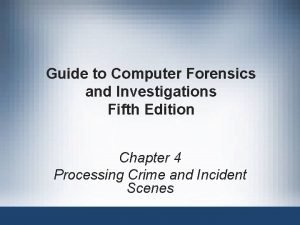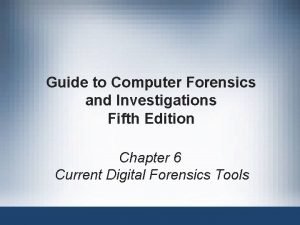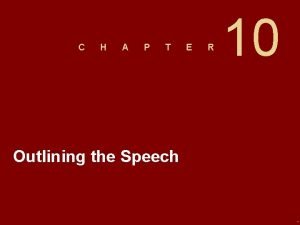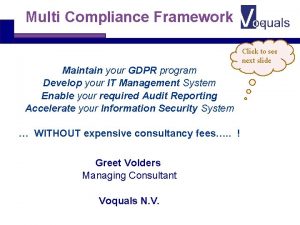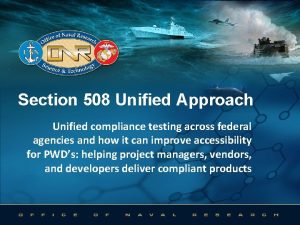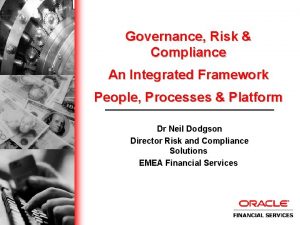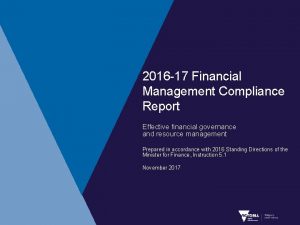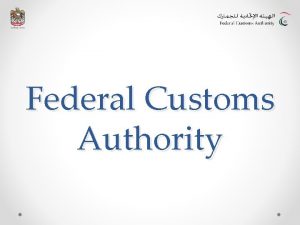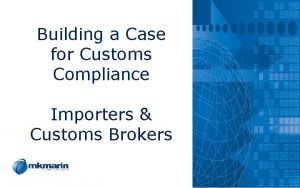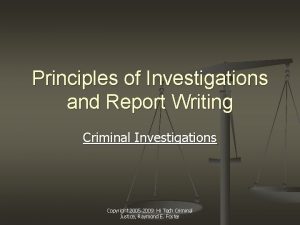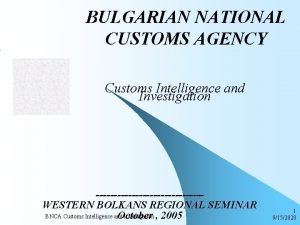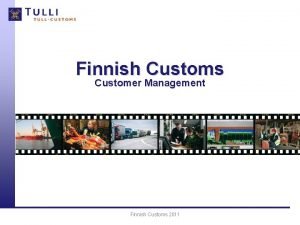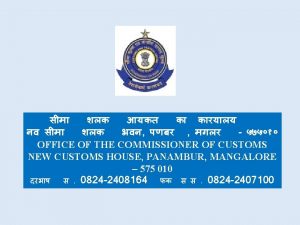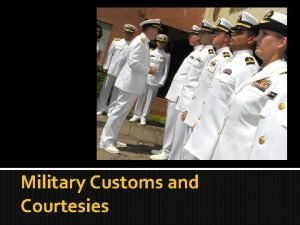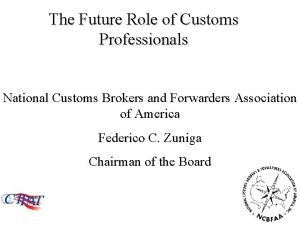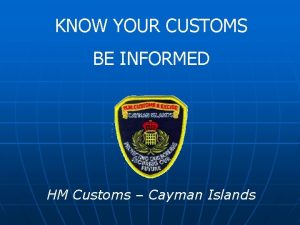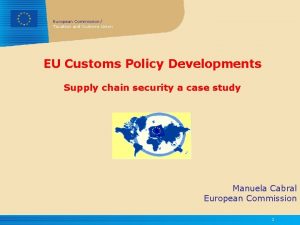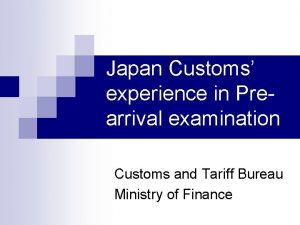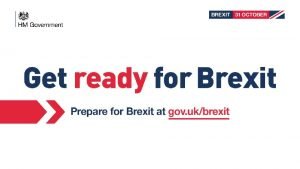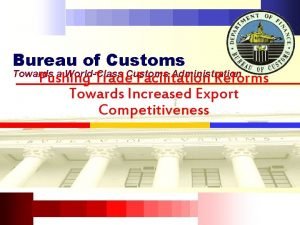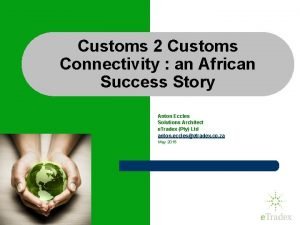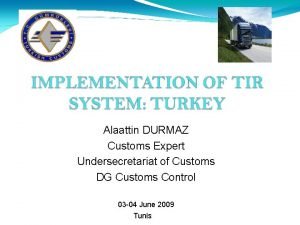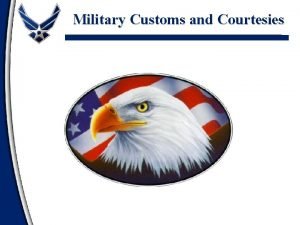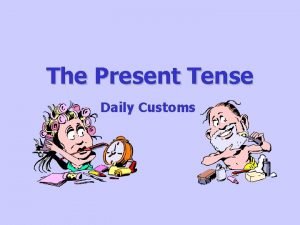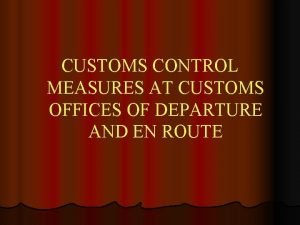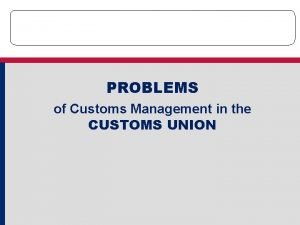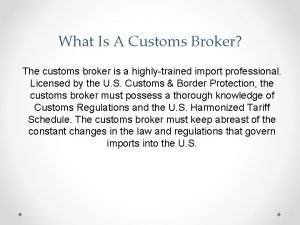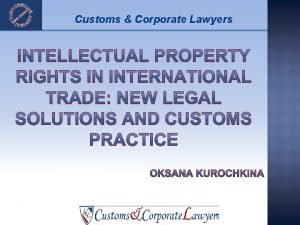Customs Compliance Investigations OUTLINE Compliance Framework Principles Compliance



























- Slides: 27

Customs Compliance & Investigations

OUTLINE: • Compliance Framework Principles & Compliance Model; • Non-Compliance Issues: • Current Trends; • Implications of Non-Compliance; • Challenges and Issues • Brief on Customs Valuation and Adjustments; • Investigations and Commercial Fraud

OBJECTIVES: • Understanding Obligations of Traders in disclosing full and correct information; • Understanding GATT – Customs Valuation Agreement; • Working in Partnership to Improve Trader Compliance;

COMPLIANCE FRAMEWORK PRINCIPLES • Through the compliance framework we ensure our compliance strategies: –Are flexible in an ever changing environment –Create the conditions necessary to facilitate voluntary compliance as the most cost effective and efficient approach –Differentiate responses based on client types –Build confidence in the fairness of our system –Verify compliance using a risk based approach

COMPLIANCE MODEL • Appreciating that there are different motivations behind non-compliance, this model helps create tailored strategies Purposely Non. Compliant Enforced Compliance Do not want to be compliant Directed Compliance Try, but not always successful at being compliant Assisted Compliance Willingly Compliant Factors affecting trader behaviour Client Type Facilitated Voluntary Compliance Strategies

NON-COMPLIANCE TRENDS • Incomplete record keeping by traders; • Reasonable care not taken by traders while furnishing information to Customs in regards to trade; • Incorrect HS (Tariff) classification of goods; • Incorrect/incomplete description declared; • Undervaluation – freight/insurance costs understated; • Abuse of duty concession; (e. g. raw materials sold instead of being used in processing)

TREND – INFORMATION FOUND FROM ONSITE AUDITS • Correct description of goods found from sales invoices/accounts; • Payments related to imported goods and costs associated with international transport of such goods not disclosed to Customs – found from accounts; Øe. g. wooden furniture fumigation costs in export country; health certificate costs for import of meat products; royalty/license fee payments;

RULES ON CUSTOMS VALUATION • GATT 1994 – WTO General Agreement on Tariffs & Trade • Transaction Value as the primary method of Customs Valuation; (Articles 1 & 8 of the Agreement) • Transaction Value is the “Price actually paid or payable”.

PRICE ACTUALLY PAID OR PAYABLE • The price actually paid or payable is the total payment made or to be made by the buyer to or for the benefit of the seller for the imported goods. ØThe payment need not necessarily take the form of a transfer of money. ØPayment may be made by way of letters of credit or negotiable instruments. ØPayment may be made directly or indirectly.

INDIRECT PAYMENTS • Payments could be direct or indirect Indirect Payments The price actually paid or payable is reduced due to a debt owed by the seller to the buyer Settlement by the buyer of a debt owed by the seller to a third party These amounts will form part of the customs value.

TRANSACTION VALUE ADJUSTMENTS • 8. 1. In determining the customs value under the provisions of Article 1, there shall be added to the price actually paid or payable for the imported goods: (a) the following, to the extent that they are incurred by the buyer but are not included in the price actually paid or payable for the goods: • (i) commissions and brokerage, except buying commissions; • (ii) the cost of containers which are treated as being one for customs purposes with the goods in question; • (iii) the cost of packing whether for labour or materials;

ADJUSTMENTS – 8. 1(b) - ASSISTS • (b) the value, apportioned as appropriate, of the following goods and services where supplied directly or indirectly by the buyer free of charge or at reduced cost for use in connection with the production and sale for export of the imported goods, to the extent that such value has not been included in the price actually paid or payable: • (i) materials, components, parts and similar items incorporated in the imported goods; • (ii) tools, dies, moulds and similar items used in the production of the imported goods; • (iii) materials consumed in the production of the imported goods; • (iv) engineering, development, artwork, design work, and plans and sketches undertaken elsewhere than in the country of importation and necessary for the production of the imported goods;

ASSISTS - 8. 1(b) Fabric Supplier - China Manufacturer - Thailand Supply of fabrics Payment for Goods INVOICE Payments for fabrics Manufacturing Costs Fiji Importer of Rugby Jerseys

ADJUSTMENT - SAMPLE TRANSACTION The importer declares a Customs value of $3, 000, but via the audit Customs learns that the buyer paid the seller an “inspection fee” which may be included in the price of the goods. The seller also requested the buyer to pay, after clearance, a “shipping surcharge” because his shipping company claimed that the price of oil had risen unexpectedly. In this case, both the “inspection fee” and the “shipping surcharge” could be included in the Customs value.

Article 15 - RELATED PARTIES For the purposes of Customs Valuation, persons shall be deemed to be related if— q(a) they are officers or directors of one another’s business; q(b) they are legally recognized partners in business; q(c) they are employer and employee; q(d) any person directly or indirectly owns, controls or holds 5 percent or more of the outstanding voting stock or shares of both of them; q(e) one of them directly or indirectly controls the other; q(f) both of them are directly or indirectly controlled by a third person; q(g) together they direct or indirectly control a third person; q(h) they are members of the same family.

COMMERCIAL FRAUD l Fraud related to the classification of goods to Customs for goods imported or exported for instance making an oral or in writing or signs any declaration or document which is untrue or incorrect; Ø Making, using or possessing forged or altered or falsified any documents used in the transaction related to Customs; Ø Fail or refuses to produce any document related to the imported goods. Ø

TYPES OF COMMERCIAL FRAUD Undervaluation l Over Valuation l Transfer Pricing not at arms length l Mis-description l Money Laundering l Double Invoicing l Advance Payment not disclosed l Fictitious invoice l Related party transactions l

Example: UNIT PRICE INVOICE SUBMITTED TO CUSTOMS UNIT PRICE

INVOICE SUBMITTED TO THE BANK FOR REMITTANCES UNIT PRICE

THIRD PARTY INVOLVEMENT • Whereby there are two other parties involved from abroad. Example the Exporter is Pacific Fruits – New Zealand but the Bill of Lading shows the seller is Fifty Shades – Australia. • Further analysis proves that both Fifty Shades and Pacific Fruits are owned by the same Directors of the importing company in Fiji.

INCORRECT DECLARATION • Invoices submitted showing Soya Sauce • Upon Inspection it was discovered the consignment were Brandy packed in cartons of Soya Sauce. The Brandy contains a high percentage of alcohol thus the duty will be very high compared to the Soya Sauce.

Soya Sauce labeled on carton

Carton doubled to disguise the contents

BRANDY

NON-COMPLIANCE IMPLICATIONS • Duties & Taxes not paid at the right time; • Additional duties & taxes have to be recovered; • Effects on businesses – cash flow; goods sold at under-cost; traders finding difficulties in paying additional duties; • Hindrance to trade facilitation; • Deployment of resources for recovery of dues; • Disadvantageous to Compliant traders.

CHALLENGES FOR COMPLIANCE & INVESTIGATION • Informal Traders/grey economy; • Poor or non-existing accounting systems: • Lack of a structured accounting system and supporting books and records. • Cash based trading; • Lack of permanent premises. • Proper accounting systems provide great assistance in Customs Audit & Investigation.

THANK YOU
 Eservice.insw.go.id tracking
Eservice.insw.go.id tracking Why aren t descriptive investigations repeatable
Why aren t descriptive investigations repeatable Nrich maths investigations
Nrich maths investigations Private investigator craigslist
Private investigator craigslist Guide to computer forensics and investigations 6th edition
Guide to computer forensics and investigations 6th edition Statistical investigations unit 3 section a
Statistical investigations unit 3 section a Types of statistical investigation
Types of statistical investigation Chapter 6 fingerprints
Chapter 6 fingerprints Bmv toledo ohio heatherdowns
Bmv toledo ohio heatherdowns Conclusion in scientific method
Conclusion in scientific method Pasco county cpi
Pasco county cpi Chs investigations
Chs investigations Digital forensic lab floor plan
Digital forensic lab floor plan Iliac region
Iliac region Verifact investigations
Verifact investigations Antenatal investigations
Antenatal investigations Investigations
Investigations Guide to computer forensics and investigations
Guide to computer forensics and investigations Chs investigations
Chs investigations Paragraph sandwich example
Paragraph sandwich example Delivery cues should be included in the speaking outline.
Delivery cues should be included in the speaking outline. The visual framework of a preparation outline
The visual framework of a preparation outline Multi compliance
Multi compliance Unified compliance framework
Unified compliance framework Governance risk compliance framework
Governance risk compliance framework Cooperative compliance framework
Cooperative compliance framework Financial management compliance framework
Financial management compliance framework Dispositional framework vs regulatory framework
Dispositional framework vs regulatory framework
